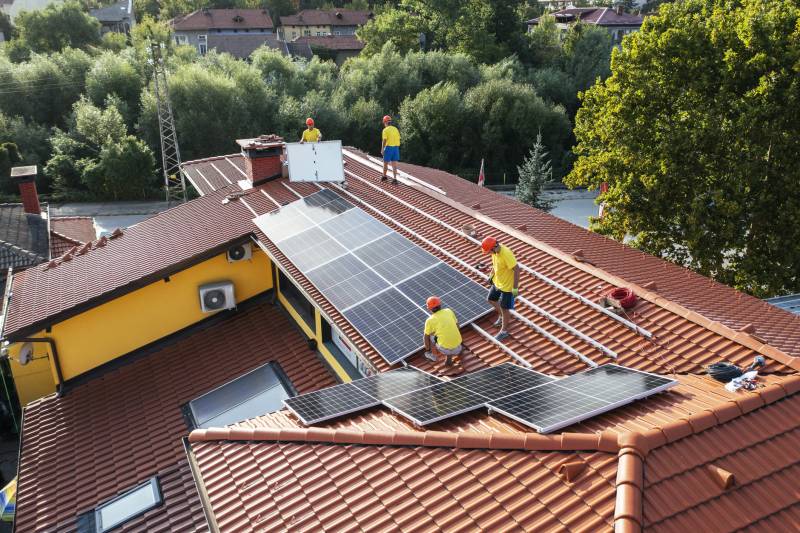
California’s Energy Crossroads: Rooftop Solar Cuts, New Clean Energy Pauses, and the Affordability Debate
California, long seen as a national leader in clean energy innovation, is at an inflection point. Amid a mounting affordability crisis and record-high electricity rates, lawmakers are weighing controversial new policies—some that would slash long-standing rooftop solar incentives, others that could put clean energy building standards on hold for years. The results could ripple throughout the state, impacting millions of residents and the trajectory of California’s climate goals.

At the heart of the current debate is new legislation that would retroactively reduce the financial benefits for Californians who installed rooftop solar before April 2023. Pitched by Assemblymember Lisa Calderon, the bill would halve incentive windows from 20 years to 10 and level rates for early solar adopters with those of newer customers. Supporters, including major utilities and some environmental organizations, argue the move is overdue—claiming that legacy solar deals have shifted $8.5 billion in grid costs to non-solar customers just last year, piling an average of $230 onto bills in some districts.
UC Berkeley energy economist Severin Bornstein explains that many lawmakers are now more aware of how the early solar incentives contribute to today's high electricity rates, which surged to over 80% above the national average last year. Bornstein notes, “For most customers who have had their systems for at least 10 years, they have saved far more than the initial cost of the system.”

Yet the proposal has ignited fierce opposition from solar advocates, community leaders, and environmental justice groups who see it as a breach of longstanding state promises. Brad Heavner of the California Solar and Storage Association notes, “These are customers who did the right thing at the encouragement of the state… They should be thanked and not punished.” Rev. Ambrose Carroll, founder of Green The Church, warns the bill hurts not only the wealthy but also low and middle-income families hoping to benefit from solar, calling retroactive changes "a move backwards." Nearly two million solar customers could feel the impact if the bill advances.
Meanwhile, another hotly-debated bill—AB 306, pushed by Assembly Speaker Robert Rivas—would place a six-year pause on new state clean energy building codes, even as the toll of devastating wildfires and extreme weather mounts. Supporters claim the measure is about keeping new housing affordable, yet climate activists, labor unions, and appliance industries charge it would "bring to a screeching halt one of California’s best tools for reducing emissions." The bill, which would ban local governments from setting stricter efficiency and electrification standards, has sailed through the Assembly despite deep environmental concerns.

These legislative fights come as California households, especially renters and lower-income families, face electricity bills rising faster than inflation. Since 2015, median monthly bills for renters have jumped $14–18 beyond inflation, while homeownership costs have soared even more. Electricity cost spikes are compounding the larger affordability crisis—though housing costs remain the biggest driver, with median rents in California 50% higher than the U.S. average.
The stakes are clear: California’s energy policies are being rewritten, with complex trade-offs between cost, climate, and social equity. Will rewiring incentives and slowing clean energy rules bring long-term relief—or blunt the state’s climate ambitions when action is more urgent than ever?
How do you see California balancing affordability and climate leadership? Let us know your thoughts in the comments below and share your perspective with others.